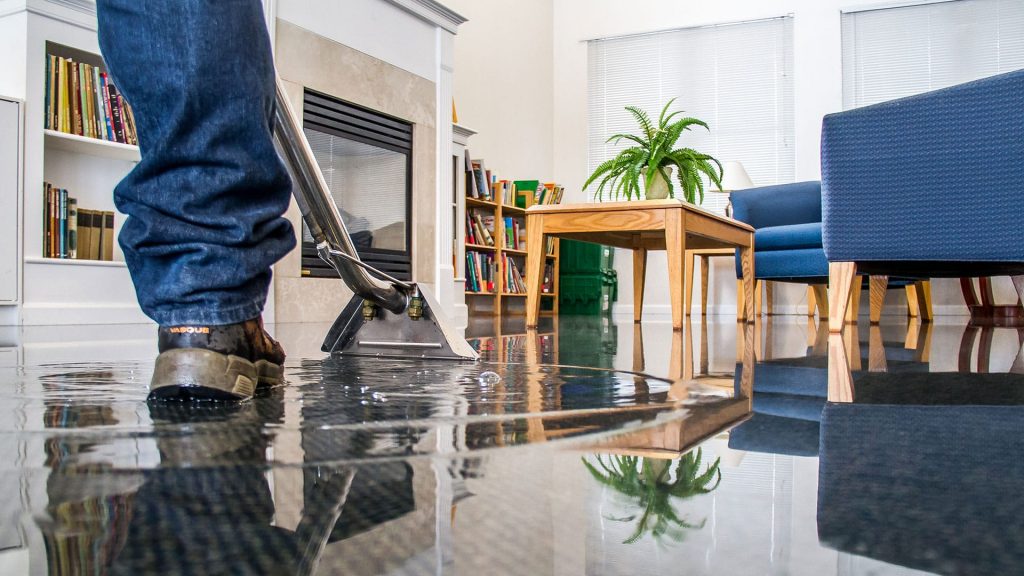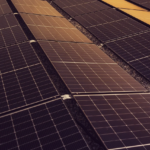
Water damage can wreak significant havoc on a property. From ruining furniture to destroying the structural integrity of a house- untreated water damage can make a place uninhabitable. Moreover, unattended water damage can lead to mold infestation, putting the health of the residents at risk. It is important to look for professional treatment for water damage restoration. Water restoration Naperville experts can identify the root cause of the issue and classify the level of water damage to take appropriate action on time. Here are the steps that experts follow while offering restoration services:
Identifying the Source of Water Damage
Water damage can source in many scenarios, such as
● Sewer backup: When the waste water pipe is not fitted with a backflow valve.
● Groundwater infiltration: Leaks in the discharge pump cause weeping tiles and basement floor.
● Roofs: Roof drains get blocked due to accumulated debris or sludge and cause water to sip down through the property.
● Water heaters: Old tank leakage due to long-term use and corrosion.
● Overflow of sinks: water overflow due to blocked/slow drains or leaving taps for a prolonged period of time.
● Storm and Flood: Accumulation of water in the property due to heavy rains or intrusion of water due to floor damaging the property.
Classifying the Contamination Level of Water Damage
Apart from finding the root cause of water damage, water restoration Naperville professionals also inspect the contamination level of the water damage. These are categorized into three levels:
● Category 1: Damage caused by a clean water source.
● Category 2: Mildly contaminated water with the potential to spread illness due to contact or consumption. Sources mostly include toilet overflow etc.
● Category 3: Water that contains harmful matter and biohazard elements like pathogenic or toxic agents. Sources are flooding water, dirty ground surface water, etc.
Evaluating the Scope of The Damage
Once the water contamination is checked, the next step is to check the scope of damage before starting the restoration process. The scope of the damage is further categorized into these four classes:
● Class 1 – Only covers part of a room or area with minor damage and minimal absorption.
● Class 2 – The belongings of a property are saturated in water. The absorption level covers types of furniture, floorings, structural woods, and electronics.
● Class 3 – The damage reaches up to the walls, ceilings, and even insulated parts due to overhead water accumulation.
● Class 4 – When water-resistant materials like concrete and bricks become affected, molds start to grow.
Customization of Restoration Process As Per The Contamination Level and Scope of Damage
Different types of water damage require different restoration approaches. It not only focuses on the particular problems to be treated but also ensures no similar incident ever again takes place in the future. It also saves money by eliminating the need for unnecessary usage of products and machines, and this eventually saves time. The experts customize their remedial process with the right tools and equipment while taking action to correct the root cause, making the place liveable again.
Conclusion
Water damage is a serious concern that needs specialized care. Temporary restoration without fixing the root cause can cause the resident to suffer again in the future. To protect the property and the belongings inside, every homeowner must call water restoration Naperville experts as soon as they notice any potential signs of water damage before it takes a huge shape.



